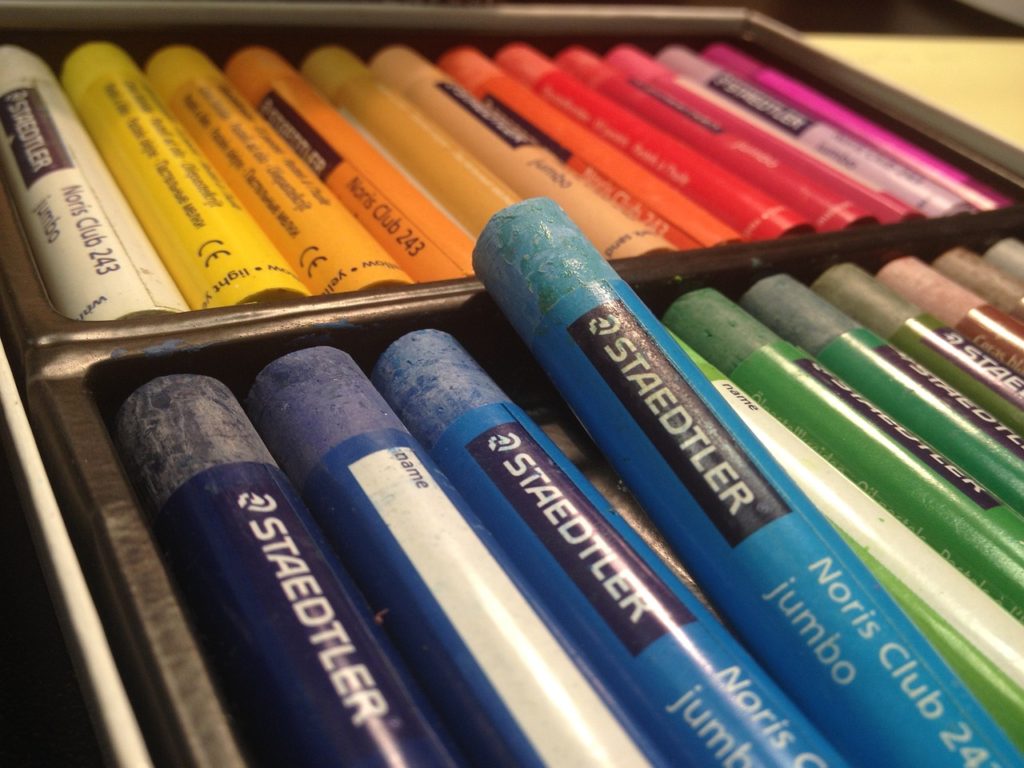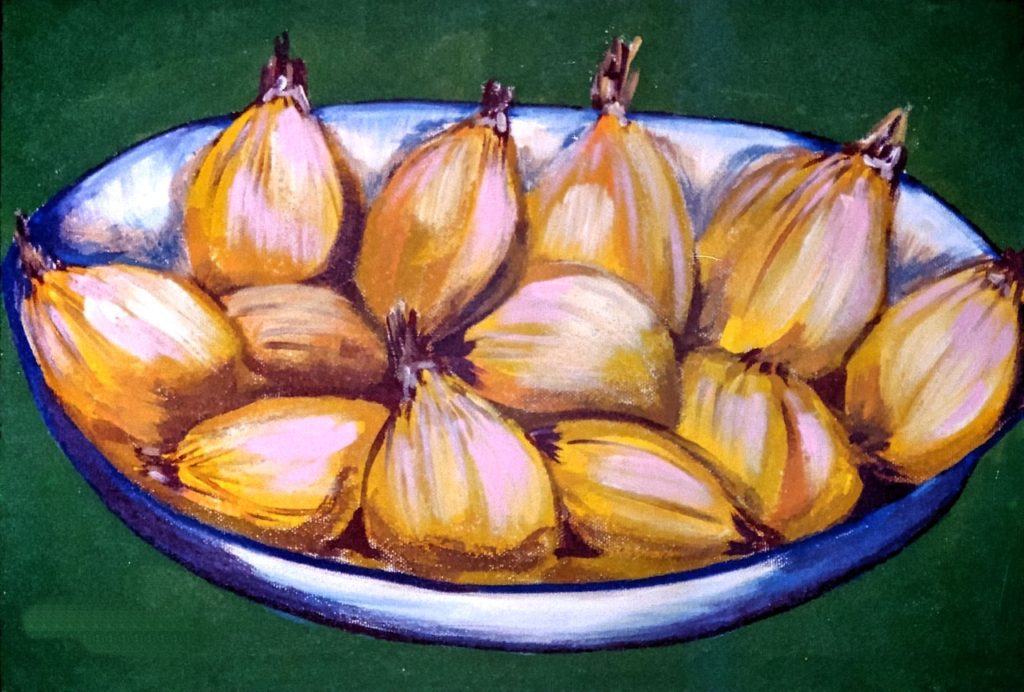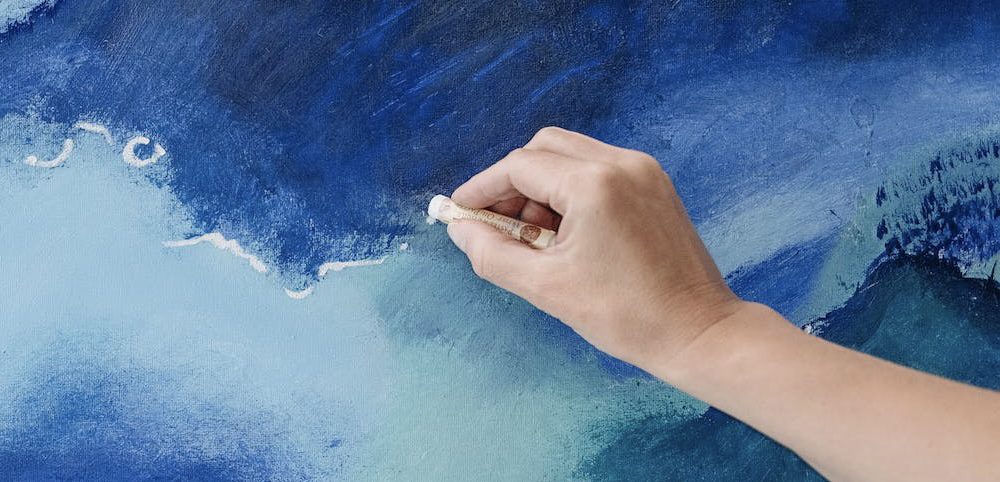Oil pastels are a thick base of pigment that is made soft with linseed oil. They function similar to a crayon when used to draw. Oil pastel art is most popularly know on for their vibrancy and pigment.
They are common for artists to use on paper and are a medium that can really help an artist to focus on their “building of color” skills. They can be used for learning to draw as well as venturing in to many types of drawing. Oil pastels are often used as a buildable medium to create a lot of texture and dimension.
Another common kind of pastel that is similar to the oil pastel is the soft pastel. However, soft pastels are often a bit more chalky in consistency to that of the oil.

What to expect when drawing with oil pastels
When you first are using an oil pastel, it will remind you of a waxy-crayon consistency. Oil pastels can be very creamy, but only after multiple layers of color are built up.
You should use your darker shades first and build the lighter on top of those. The consistency when built up becomes very buttery, and placing a darker shade on top multiple light ones can be difficult.
It is difficult to blend on oil pastel when it has been placed because of how thickly it lays down. The colors can get quite muddy if they are too thickly applied.
You should use a painters tape on the edges of your oil pastel drawing to help create cleaner lines at the end and hold the paper in place without smudging anything on the sides.

Steps to take when using oil pastels
1. It is important first to create an under base for your drawing. It will help to make the colors easier to build upon
2. Make sure that you are not applying too thickly with the oil pastels, this will make it difficult later on to keep your colors from being muddy.
3. Make sure to seal your drawing
Oil pastels are very easy to make a mess of. This means that even when applied on your paper, you have to seal the pastels to keep them in place.
I recommend using a spray on varnish. I also recommend doing a test strip to see how it affects the color of your finished drawing because oil pastels have been known to change in hue when interacting with some varnishes.
Remember to spray in an open area that gets a good amount of ventilation, and to spray in very thin layers. You can test the drawing with a finger after each layer to see how many are required.

FAQ
Should I create an underpainting/drawing?
Yes, an underpainting can help you get to the desired consistency easier, and help you avoid the chalky crayon like texture when you are closer to being done.
What type of tape should I use for the edges of the oil pastel drawing?
I have hyperlinked two options for a thinner painters tape, and a thicker one, depending on your surface’s width. These both work really well for edges on paper and will not tear things easily nor rip off dried paint from underneath.

